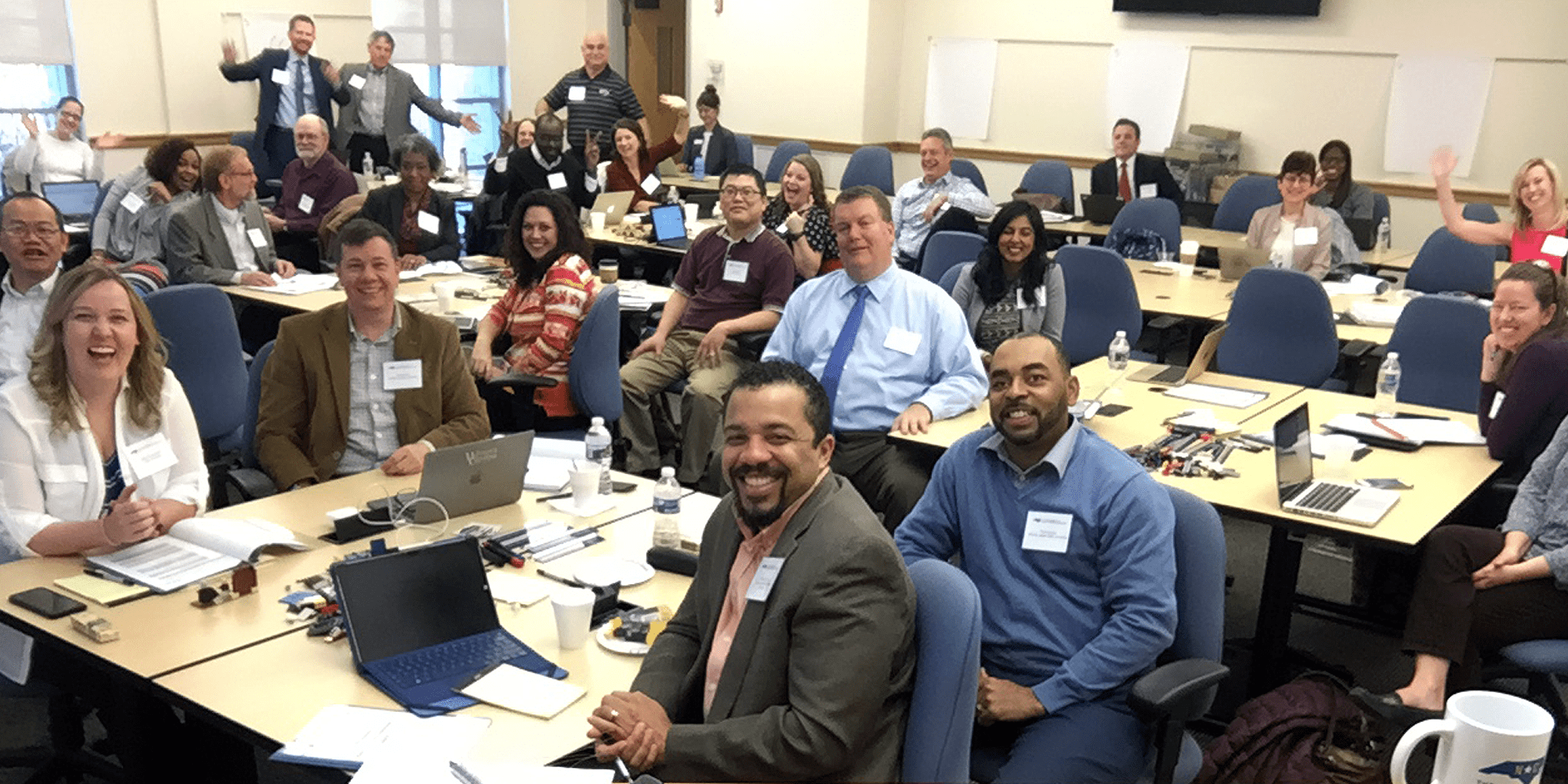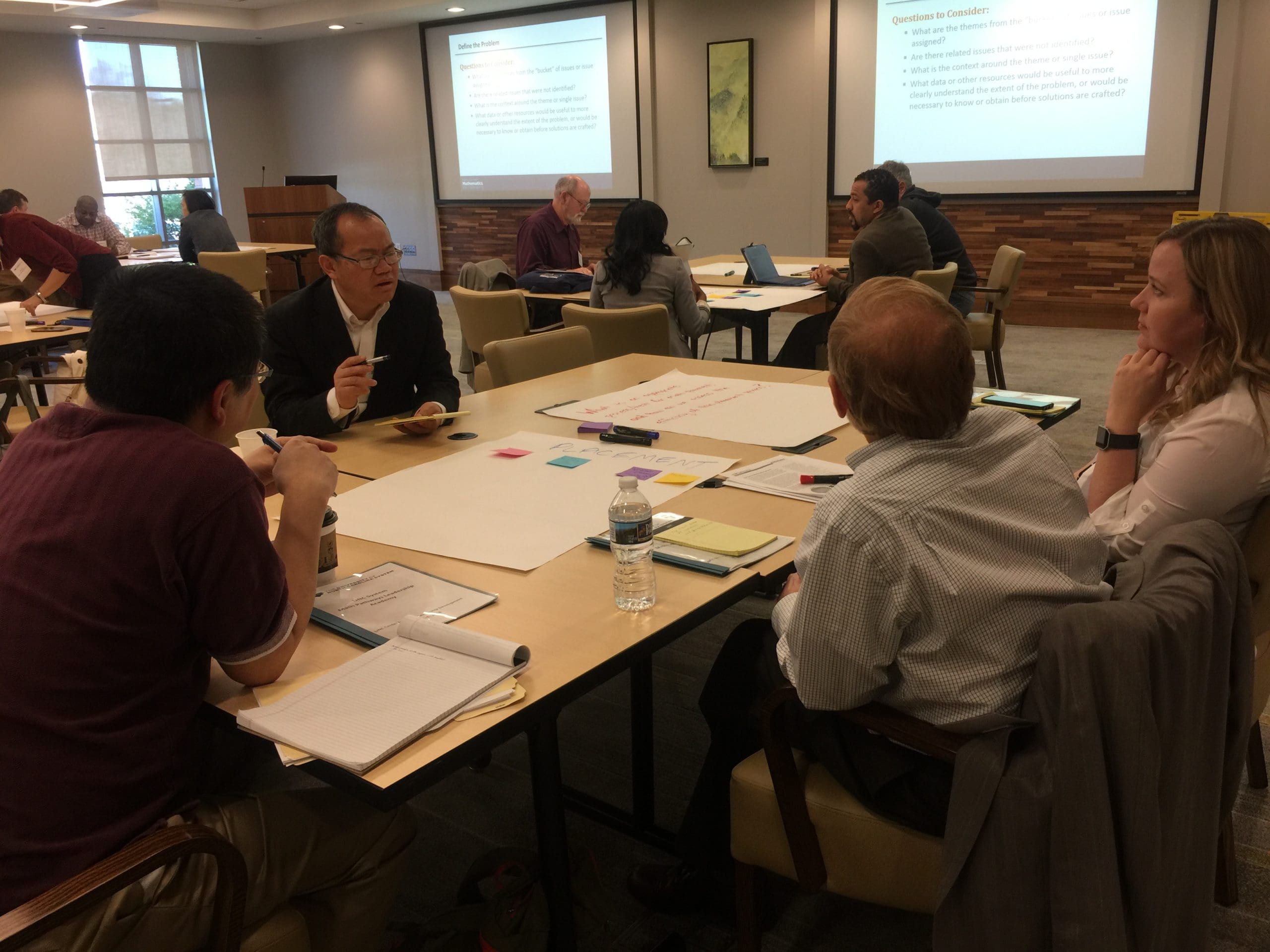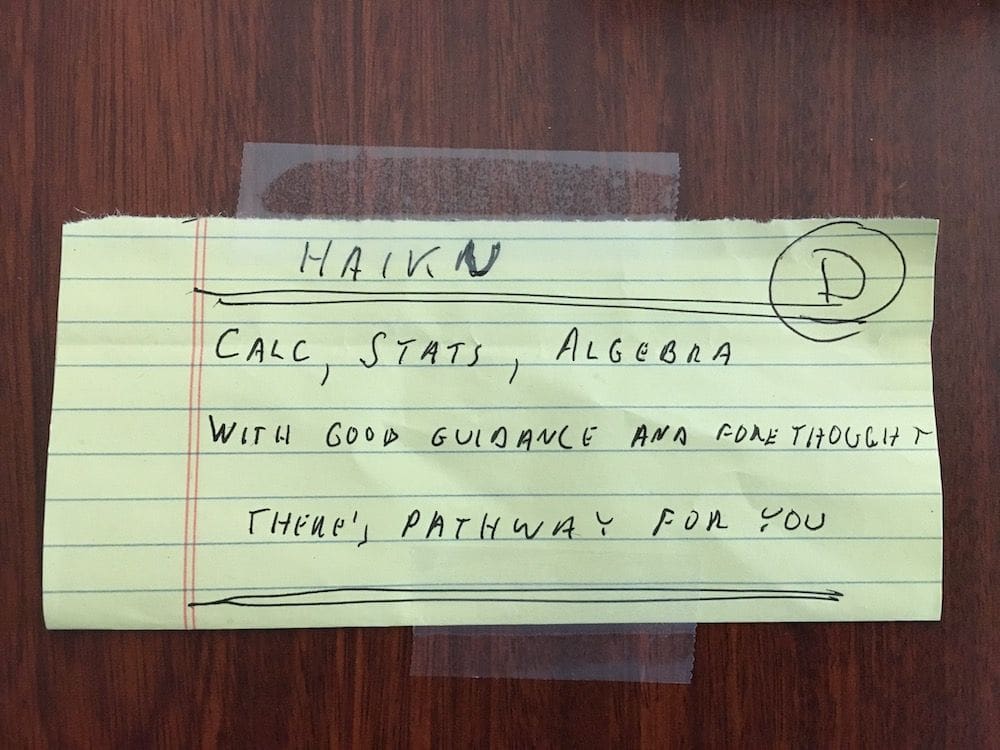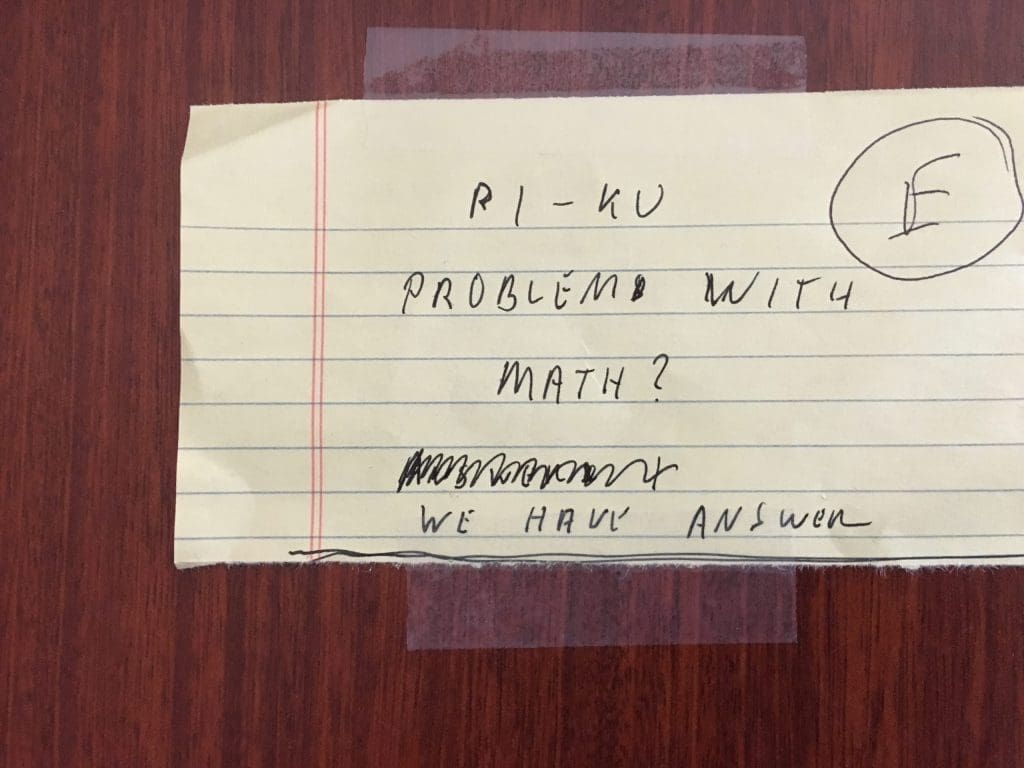
Finding Math Pathways for Every Student
In elementary school, students learn that reading, writing, and arithmetic are the pillars of any robust education. But by the time these elementary school students have grown into university-bound students, their sights set on careers in the not-too-distant future, many find themselves questioning the wisdom of a singular well-rounded, liberal arts approach to learning. “If I’m headed for a career in journalism, why do I need to study numbers?” some wonder.
This resistance is compounded by most universities’ generalized practice of assuming that algebra is the single, indispensable math course that all students should master before they graduate. But contemporary teaching trends have started to reconsider the wisdom of this assumption, arguing that students might be more engaged with general education math courses that are more carefully-tailored to match long term career objectives. Do psychology majors reap lasting benefits from memorizing algebraic formulas? Will the capacity to solve proofs help students in pre-law defend their future clients in court?
These are the questions participants in the Math Pathways summit began to tackle this week as they convened at the University of North Carolina System Office. Thirty-five representatives from 16 of the UNC System’s institutions and North Carolina’s community colleges gathered for the first time to address how universities can redesign math curricula to allow students flexibility to map pathways that link their math requirements to their degree and career goals.

A Pathway to Success
“Getting through math requirements is a significant impediment for many students,” says Dr. Mark Ginn, Appalachian State University’s vice provost for undergraduate education.
Internal UNC System data supports Ginn’s point. System-wide, only two-thirds of students pass their college algebra course. Drop, failure, incomplete, or withdrawal rates in some gateway math courses at UNC System institutions are as high as 48 percent. An analysis of data from the 2014-15 academic year shows that 15 college algebra courses at UNC institutions enrolled a minimum of 200 students per course; more than 20% of these students failed to complete. That’s a total of 4,882 students who encounter a significant—and in some cases, insurmountable – hurdle on their way to graduation in just a single year.
The UNC Math Pathways project is motivated by the recognition that such course failure is an avoidable stumbling block. Over two years, the project will bring together key faculty members, instructional designers, and administrators from across the state to redesign math courses based on a growing body of evidence indicating that, when course learning outcomes correspond more directly with students’ long-term goals, the resulting “pathway” improves the odds of student success.
The teaching, in other words, can and should be adaptive to the students’ needs.
Together with community college partners and representatives from the University of Texas at Austin’s Dana Center, which is providing technical and organizational support, the representatives from UNC System institutions will redesign and develop new math pathways, guided by three principles:
- Students should be able to enroll in a math pathway that is appropriate for their program of study.
- Curricula should be designed to help students move through this math pathway effectively and efficiently.
- Innovative learning technologies should be in place to support students who need help mastering math content.
By developing a System-wide strategy for improving how the University delivers math instruction, the Math Pathways project will directly target several of the goals outlined in the University’s Strategic Plan, Higher Expectations.
In addition to increasing the five-year graduation rate System-wide, the Math Pathways project aims to significantly reduce the achievement gaps among rural, underrepresented minority, low-income, and male students. Jonathan Loss, head of Catawba Valley Community College’s mathematics department and also a member of the UNC System’s Transfer Advisory Committee, also sees the potential for the project to “ease the transfer process” from community college to the university, giving more North Carolinian’s affordable access to higher education.

Math, meet humanities. Humanites, meet math.
Underscoring the project’s ambition to make math instruction more relevant to majors in all disciplines, participants at the Math Pathways summit weren’t limited to math instructors. Dr. John Smail, associate provost for undergraduate education and dean of university college at UNC Charlotte, was on hand to participate, bringing his perspective as a history scholar.
On a practical level, he says, math skills are life skills, and the traditional math curriculum doesn’t always prepare students to handle daily tasks: “Doing calculus doesn’t mean you’re equipped to understand how credit card companies are charging you.”
More to the point, he made it clear that even history majors will find that math skills are integral to their own academic and professional pursuits: “History majors need to understand data science. They need to be able to crunch numbers for their own research.”
At the end of the first day of the summit, the participants reconvened over nibbles and mocktails, intermingling and sharing stories and teaching strategies. Some participants milled around a cocktail table, studying and chuckling at two items affixed to the top.
Hastily scribbled earlier in the day, a haiku articulated the project’s broad ambition using the poetic form’s strict 5-7-5 syllable line structure:

Beside it rested a piku—a postmodern spin on the haiku with a 3-1-4 syllable line structure conceived to pay poetic tribute to the world’s most famous irrational number, pi:

Together, these off-the-cuff verses wittily captured the optimism and long-term vision for Math Pathways. Perhaps unintentionally, they also stood as an object lesson for Math Pathways’ underlying philosophy: mathematics and the arts aren’t mutually exclusive pursuits.